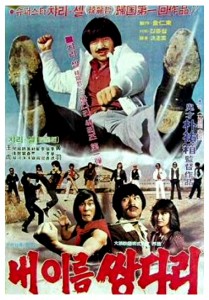
“Strike of Thunderkick Tiger” Korean Theatrical Poster
AKA: My Name is Twin Legs
Director: Park Woo Sang
Cast: Charles Han, Casanova Wong, Bak Min Wong, Han Jee Ha, Peggy Min, Lisa Lee, Billy Yuen, Alfred Ma, Chan Taiyun, Dragon Lee, Phillip Leung, David Kao
Running Time: 85 min.
By Paul Bramhall
The Korean old-school kung fu movie is without doubt the most bastardized genre out there. To this day, the number of legitimate releases of old school Korean kung fu on DVD, which contain the original Korean language track, original title sequence, with an uncut run time, equate to a grand total of zero. Robbing the western world of its chance to see these Korean movies in their original format usually comes down to the man named Godfrey Ho. A Hong Kong filmmaker who became legendary in the 1980’s for creating the ‘cut and paste’ movie – usually involving purchasing the rights for low budget Thai or Filipino movies, re-dubbing them, and splicing in newly filmed ninja footage in an attempt to create a whole new movie.
When Ho wasn’t busy with his cut and paste jobs, his production company Asso Asia, which he ran along with Joseph Lai and Tomas Tang, was also in the habit of purchasing overseas distribution rights for Korean movies. While the Korean productions would usually escape the fate of being cut to pieces and inserted into other footage, the alternative wasn’t much better.
The typical case would see a new opening sequence inserted over the original one, replacing the actor’s names with English pseudonyms, adding a whole new title, and using a fake director’s name. The plots would then be re-dubbed, usually in a bizarre mix of heavy cockney, stiff upper lip English, and straight-out-of-a-western American. It may sound like a potent combination, but it worked, the companies policy of aiming specifically for the English language market at bargain prices saw their made over (or perhaps ‘under’ is a better term) flicks become distributed far and wide.
Skip forward to around 35 years later, and it’s these versions that remain as the only available options to check out Korea’s entries into the kung-fu genre. Strike of Thunderkick Tiger is one such example. Originally released in its native Korea under the title My Name is Twin Legs and directed by Park Woo-sang, Asso Asia got their hands on it and edited it into the version most widely available today, with a credit sequence which lists the director as Henry Wong.
What’s interesting in the case of Strike of Thunderkick Tiger, is that it appears to be a Korean production filmed at least partly in Hong Kong. During the 70’s Hong Kong productions often filmed in Korea due to the wider variety of choices when it came to filming locations, something that the small island of Hong Kong and its New Territories couldn’t compete with, however it’s unusual to see the scenario reversed. At first I thought the scenes of Hong Kong must have been another cut and paste job, but scenes when a vehicle with HK number plates arrives to pick up a character, along with another on the famous HK Star Ferry, confirm that it was definitely filmed there.
While it’s safe to say the dubbing of the movie gives it a plot which strays from the original version, one thing that can’t be denied is that – when approached with the right mindset – a lot of entertainment can be had from the reworked scripting. So here we have three main characters, Snake, Monkey, and of course, Thunderkick Tiger. Snake is played by the legendary Casanova Wong, best known for his roles in the Sammo Hung classics The Iron Fisted Monk and Warriors Two. Monkey is played by Wong Bak-min, and the Thunderkick Tiger is played by Han Yong-cheol, who became better known as Charles Han.
Yong-cheol worked almost exclusively in Korea, and never attempted to break into Hong Kong, and as such not as many fans are aware of him as his contemporaries like Casanova and Hwang Jang Lee. However at 6 feet tall, a Taekwondo expert, and usually found adorned in some dapper 70’s threads, even in the heavily dubbed and altered versions of his movies that we’re left with, it’s easy to see the guy had plenty of charisma and screen presence. Combine that with his impressive height, and when he unleashes his kicks, it’s a pleasure to watch. Amusingly, in the dub it’s explained that he once had both of his legs broken, and as a result when they healed they became much stronger than an average persons legs. If you’re going to watch this movie, you have to accept that this makes sense.
The plot, for what it’s worth, involves a bag of stolen money that all three characters are after. Yes, it’s like a kung fu version of The Good, The Bad, The Weird. The guy who originally stole the money died, but not before depositing the money in the bank, and putting the account details in a Rubik’s Cube, which he left with his niece who keeps the cube in her bra. I can’t imagine it’s particularly comfortable, but no one seems phased when she takes it out. Eventually of course things come to a head, but not before plenty of fist and kicks are thrown.
Special mention must go to Casanova Wong’s performance, as it alone is almost enough reason to warrant giving Strike of Thunderkick Tiger a viewing. Wong’s vicious gangster is gay, and spends part of the movie running around in a blue leotard and black tights. Yes you read that right. If the immediate assumption is that it must have been written in as part of the new dub, the fact that he has a ‘partner’ who wears a layer of white makeup with red lipstick, and likes to mimic everything that Wong does, confirm that his character was always intended to be played that way. At one point Wong even kisses him on the cheek, before yelling at him to put more lipstick on! It certainly stands out in Wong’s filmography as his most unique role, but thankfully it plays no part in affecting his fighting performance.
For a 1981 Korean movie, the fight action is particularly impressive for those looking purely for their kung fu fix. The benefit of these Korean flicks is that almost all the performers are usually Taekwondo experts, rather than trained screen fighters that the Beijing Opera Schools produced in HK, so as a result we’re always treated to plenty of high power kicking. In Strike of Thunderkick Tiger many of the fights are ridiculously under cranked, however ultimately it doesn’t take away from them. This applies particularly to the finale, which momentarily presents us with the unique scenario of 3 characters all going at each with equal ferocity, before segueing into a more traditional 2-on-1.
There’s also plenty of one versus many throw downs throughout, usually involving Yong-cheol dishing out his thunderkicks to a bunch of hapless goons, but it all makes for an entertaining watch, his single legged multiple kick being of particular note. Throw in musical cues which range from A Clockwork Orange to Korea’s own Miss, Please Be Patient, and Strike of Thunderkick Tiger is a worthy entry into the old school kung fu genre. What gives the movie its Korean identity more than anything else though is its closing moments, which feature a twist that, despite all the goofy dubbing and nonsensical events which have just taken place, manage to provide a dramatic punch to the chest that only Korean cinema is, and it appears always has been, capable of.
Paul Bramhall’s Rating: 6.5/10






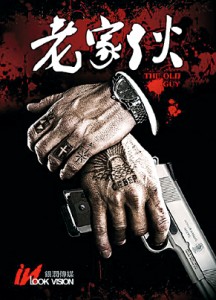
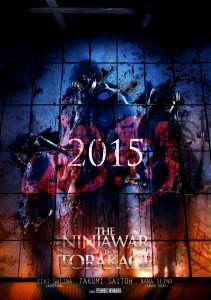
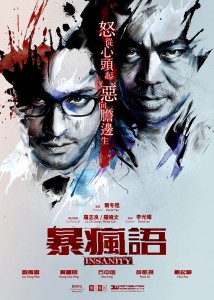
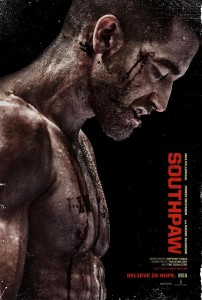
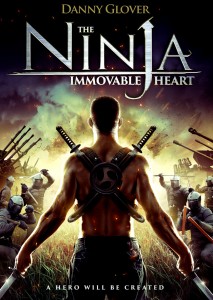
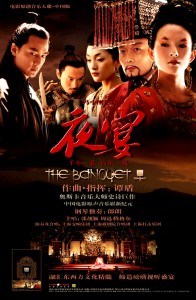
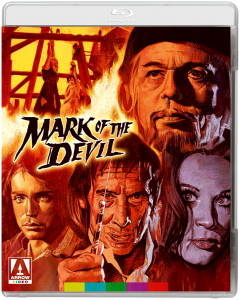
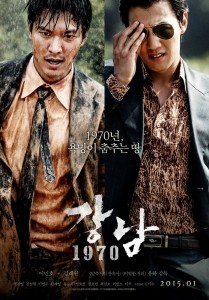
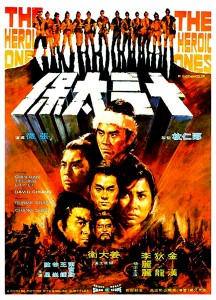
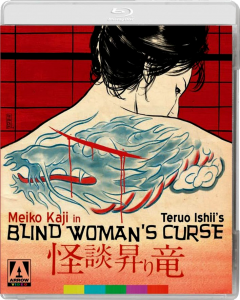
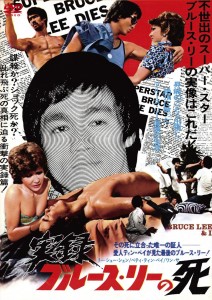
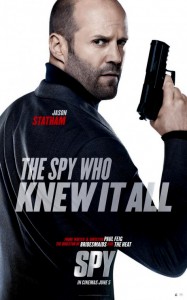






1 Comment